This content has been duplicated from the original source: Gun Powder Magazine.
Read the full article here.
God forbid any of us would have to go through a live shooting situation. But in today’s world, it seems like it’s a real possibility. As I’m typing this article, some whacko just shot several people near my sister’s town. Needless to say, that’d be a horrific situation to be in, especially if you have your loved ones with you.
You can’t help but ponder on the subject of each new shooting. What should you do if caught in such a situation? How could you prevent one? How do you prepare for one? How should you react?
Since I was clueless as to how to answer any of these questions, I contacted expert Todd Thiede, the owner of TLT Defense. Todd’s team will come into your workplace and evaluate your plant/building. They will also train your team on how to react. I interviewed him and asked a lot of questions and told him to fill in the blanks.
Situational Awareness
The first and most important thing he teaches is Situational Awareness, such as keeping your head out of your phone and knowing where the exits are. In a nutshell: be more cognizant of your surroundings. Know where exits are and know where there is cover and where there is concealment. And there is a difference. Concealment is a place to hide from the madman. Cover is where you run behind to assume a defensive position while returning fire. To make it clear: Concealment is hiding behind a bush where you won’t be seen. Cover is hiding behind a concrete wall and returning fire.
Todd feels it is important to know the difference between being aware and being paranoid. He teaches you what to do in in a bad situation but still enjoy your life.
Tom: So, I have to ask. In a mass shooting situation, should you run to the fight or run away?
Todd: We at TLT Defense do teach the “Run Hide Fight” method that FEMA and Homeland Security wants us to, but we put the caveat in of it doesn’t have to be done in that order. If you are in a position where you could stop the threat with little to no risk to you or your loved ones, or you could run and get away without firing a shot, we teach to stop the threat first. It’s all about safety.
With that being said if you are a great distance away from the threat and you and your family can get away, I suggest getting away and not engaging. Better to be a good witness in that case. Most conceal carry people are not ready for this, and that’s where we come in. We put individuals, families, and groups into those life and death scenarios with the most realistic simulation equipment around. We get their adrenaline flowing and heart rate up but without the risk of physical injury. Again, it’s all about safety.
Tom: Ok, next question. What do you think is prompting the current craze of mass shootings?
Todd: Social Media. People want to be famous, even if they die during the process. The kids from Columbine are probably the most famous mass shooters of the 21st century and people are trying to “one up” them. Another part of the Social Media problem is the depression it causes. The old saying of “keeping up with the Jones” is a lot harder to do when that means everyone you’ve ever met in your entire life is seeing who you are and what you are doing. It used to be that you broke up with someone and never saw them again. Now you’ll be able to see who that person is dating/marrying, and all of a sudden you get down on yourself because of what he/she is doing.
I think the second reason is lack of empathy! We, as a society lately, are becoming less and less empathetic everyday. I hear it all too often, “If it didn’t happen to me, I don’t care.” This is most true in the people all around us. We consistently see people getting interviewed after these shootings saying they had no idea he was going to do this. They didn’t know because they didn’t want to know.
A for instance that happened in my life recently: A co-worker of mine seemed off….down in the dumps, for days at a time. I don’t hang out with the guy, I don’t talk to him often, I’m not even saying I like him. He was just “OFF,” so I pulled him into my office and told him that I noticed he was different. He proceeded to tell me that his wife was talking about divorce and leaving him and he didn’t know what to do. I was the only person he told that to and now once a week I check in on him and see how are things are going. He’s told me it really helps him to know someone cares. Could I have stopped a situation where he would have shot a ton of people? Maybe. Could I have stopped a domestic violence situation? Again, maybe. I do know that I paid attention to all the people around me and can tell if they’re acting differently.
Another thing is something I call dehumanization. We used to be a social society. We would go out to dinner with friends, go to lunch with co-workers, go shopping, and hang out at malls. Nowadays everything gets delivered to us in the comfort of our own home. You want dinner? Order it online, even from fast food restaurants, and not have to talk to people. We as a people can’t put faces to anyone out of our immediate circle. Again, if we don’t know them, we don’t care. And thanks to everything being delivered to us, we won’t get to know people.
When it comes to mass shooters, we teach many different tactics. In the event of the Las Vegas shooting, everyone saw the shooter spraying into the masses. In that scenario we teach people to run away from the large groups. A mass shooter wants to kill as many as he can as quickly as he can. He won’t be aiming at the 5 or 6 people running.
That tactic showed evident in the most recent Ohio shooting. The crowd funneled into a building and some people just kept running straight and away from the shooter. He attempted to follow the crowd before he was taken down by police.
Tom: What weapon do you recommend carrying?
Todd When it comes to my personal carry weapon, I’m either carrying my Taurus G2C 9mm with the 12-shot magazine or my Smith & Wesson MP shield 9mm with the 8 shot magazine. No matter which one I carry, I always have one extra magazine on me and I also carry a self-defense switchblade knife that has a glass breaking point on the handle for personal safety.
As for what type of gun do I recommend; the only thing I tell my students is I don’t care about the manufacturer or size of the round. All that matters is that it’s comfortable for them to shoot and they can carry it comfortably. If you carry a .357 and that’s comfortable to shoot and carry then carry a .357. (I don’t know anyone that does for a concealed though), you need to be able to get to it fast and get rounds on target fast. So if you aren’t comfortable shooting it, or it’s hard to carry, then it’s no good to you or anyone around you.
The training we offer at TLT Defense is for anyone and everyone. We want families coming to learn how to handle an active shooter together and we want individuals to come to learn how to handle the same scenario around strangers. Individuals are becoming more interested in this since more shootings are happening as of late. We are also traveling to businesses now to do risk/threat assessments and active shooter training as well. We can come in and in a matter of 30 minutes to an hour determine the most likely place for a shooting to take place, how that shooter gets in, and how to stop it from happening.
One other thing that we are now offering at TLT Defense is the Homeland Security program, “Stop the Bleed”. So if you are in a situation where you need to save a life after a shooting or during one for that matter you can confidently help that person and hopefully save their life. A lot of people don’t know that in an active shooter situation the police will not be helping the wounded. They’re there to stop the shooter then come back for the wounded after the shooter is down. So we as family, friends, co-workers, or just people in the wrong place and time should be able to do what is necessary to stop that person from bleeding out. A person can bleed out and as you know from the story you told about the woman you helped. EMS can take upwards of 10 minutes to arrive. That’s a lot of time to watch someone bleed out.
Tom: Todd, thanks for taking time away from your busy schedule to do an interview with me.
And there you have it folks, a quick summary from an expert of what to do in a “Live Shooting” situation. I hope soon to attend one of his classes, and I’ll follow up with a more detailed article on the subject. In the meantime, pray that you never have to encounter this.
Tom Claycomb III is a product tester for outdoor manufacturers, hunter, and outdoor writer, writing from Idaho.


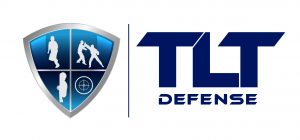
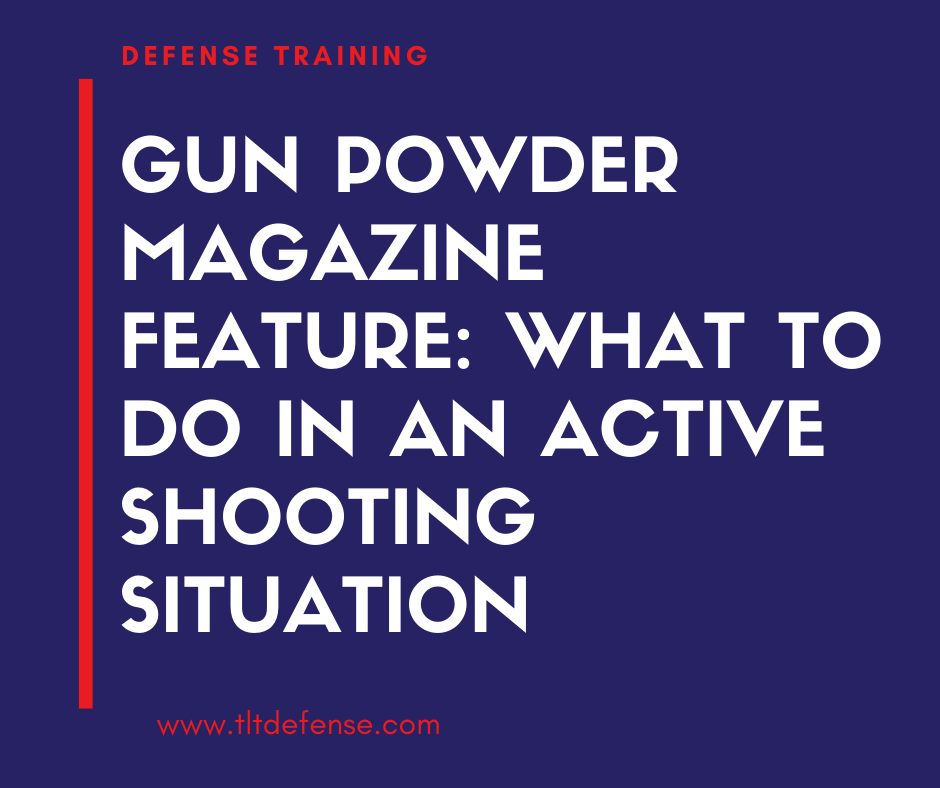
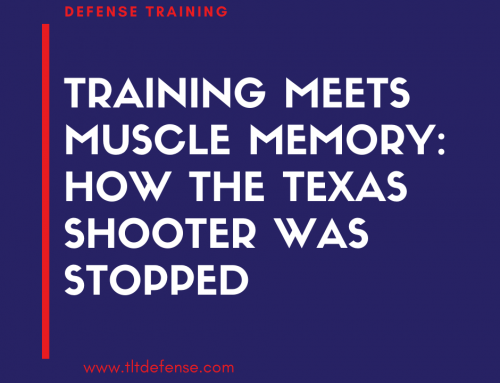
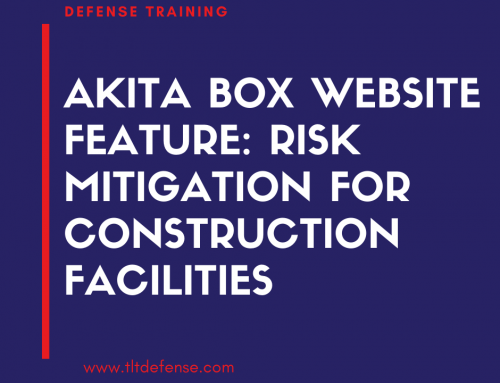
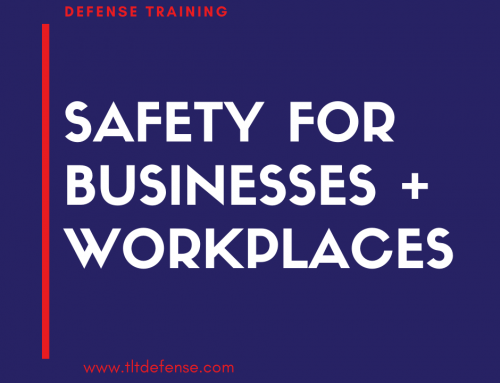
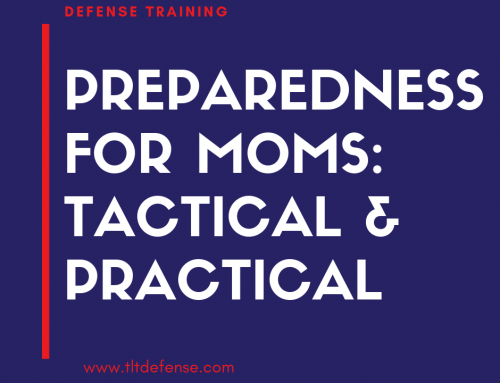
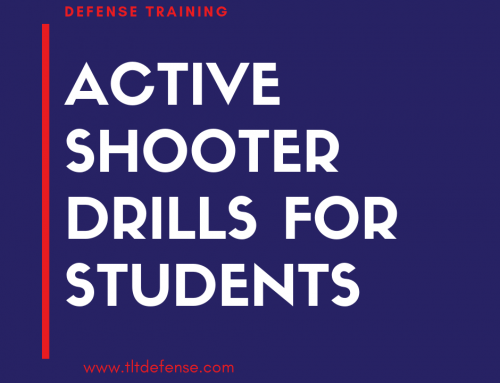
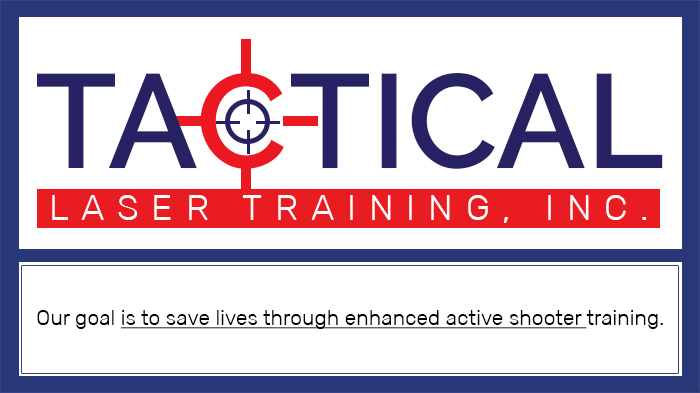
Social Contact